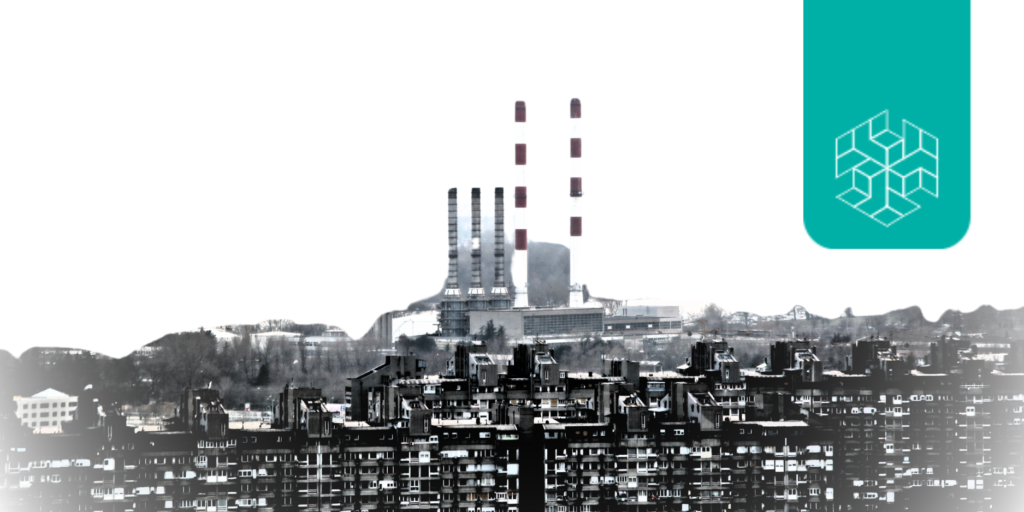Authored by: Anusha Sharma, Jitendra Bisht
Edited by: Kavita Majumdar, Priyamvada Chaudhary
CONTEXT
The enactment of the Right to Education Act 2010 (RTE) and the introduction of the New Education Policy 2020 (NEP) can be considered two important milestones in India’s education policy landscape over the last two decades. The RTE describes the modalities of free and compulsory education for children in the age
group of 6-14 years. It also maps out the roles and responsibilities of the Centre, state, and local bodies to rectify gaps in their education systems to improve the country’s quality of education. On the other
hand, the NEP — introduced in July 2020 — intends to introduce global education patterns in Indian systems, do away with ‘rote learning’, and provide students with a more holistic education.
The two inherently differ in terms of their nature – one being a binding legal instrument and the other being a policy framework. However, considering the issues they seek to address are similar, a comparative analysis is required to gauge the trajectory that school education in India might take in the next decade. At the macro-level, there are three clearly identifiable challenges in India’s school education system – inequitable access to education, out-of-school children (OOSC), and poor learning outcomes [1]. Additionally, hitherto, policies have lacked focus on early childhood learning. This commentary looks at the impact of the RTE on these challenges after a decade of its enactment. It also analyses whether the NEP seeks to address these challenges sufficiently.



